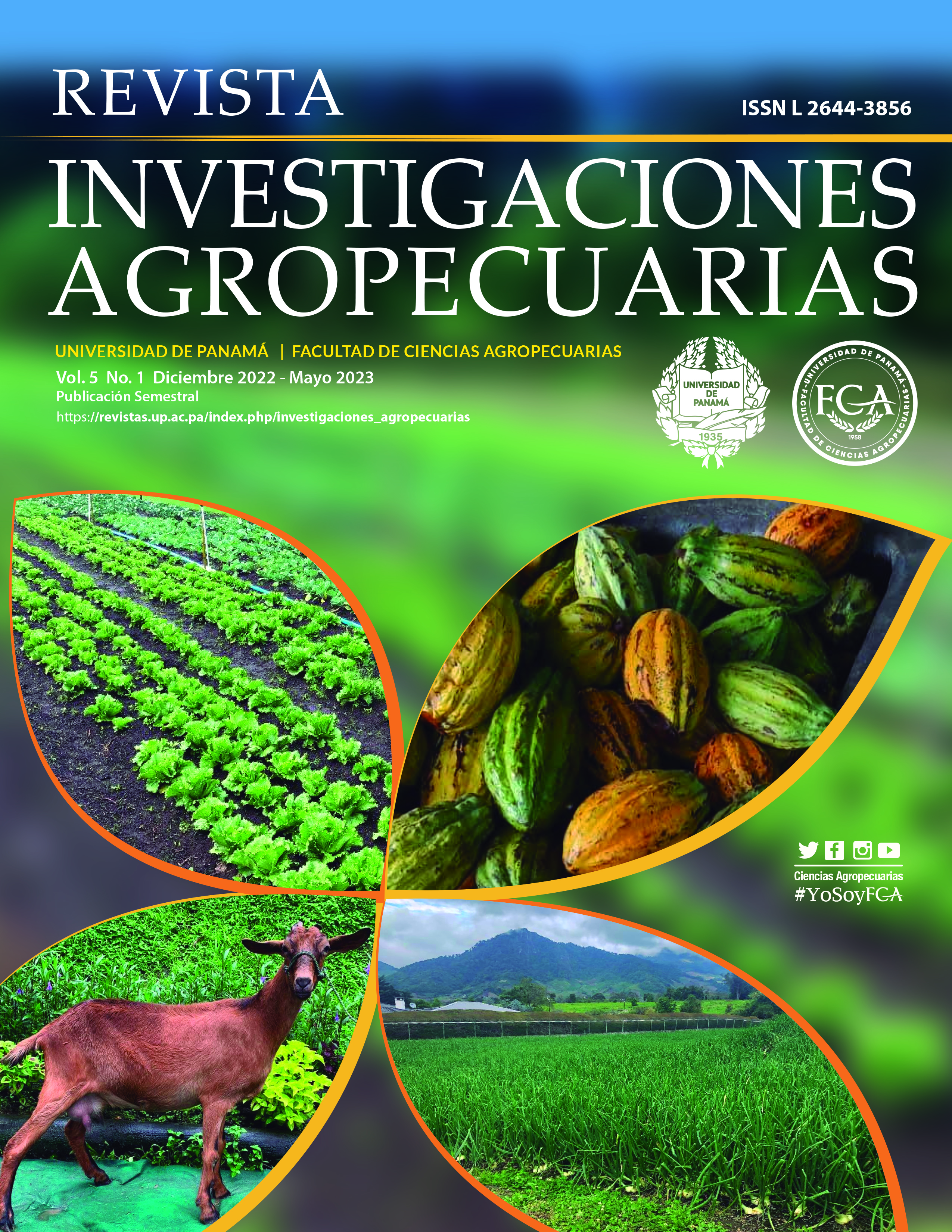


This work is licensed under a Creative Commons Attribution-NonCommercial-ShareAlike 4.0 International License.
The objective of this study was to evaluate the reproductive performance of grazing Holstein cows using prostaglandin and automatic activity monitors (PGF2? + MAA) versus an ovulation synchronization protocol based on estradiol (E2) and progesterone (P4) for timed insemination. fixed (IATF). The study was conducted on a dairy farm in Chiriquí, Panama in 215 Holstein cows with a mean of 2.88 ± 2.13 lactations and 119.15 ± 61.63 days postpartum. The cows were randomly divided into two groups: 1) PGF2? + MAA group (n=104): application of 2 mg IM of PGF2?, with presence of corpus luteum (examined by ultrasonography) followed by estrus by automatic activity monitors (MAA, Silent Herdsman, Afimilk) and 2) FTAI group (n = 111): use of estrus synchronization protocol with application of 2 mg of estradiol benzoate and an implant from P4 to D0, followed by removal of the implants and administration of 2 0.0 mg PGF2?, 400 IU equine chorionic gonadotropin, and 0.5 mg estradiol cypionate on D8. FTAI was performed on D10 (48 hours after implant removal) and pregnancy diagnosis by ultrasound on D30. No significant differences were found in conception rates between the PGF2?+MAA and FTAI groups [(38% (39/104) vs 34% (38/111); p>0.05)]. As 28% (31/111) of the cows in the FTAI group were anoestrus, the conception rate in cows with and without a corpus luteum was 35% (28/80) and 32% (10/31), respectively. (p>0.05). In conclusion, both the use of PGF2?+MAA and a protocol based on E2 and P4 for FTAI showed equal efficiency for the reproductive management of dairy cows under grazing conditions, but it would be important to evaluate if the combination of these tools could improve the reproductive efficiency.